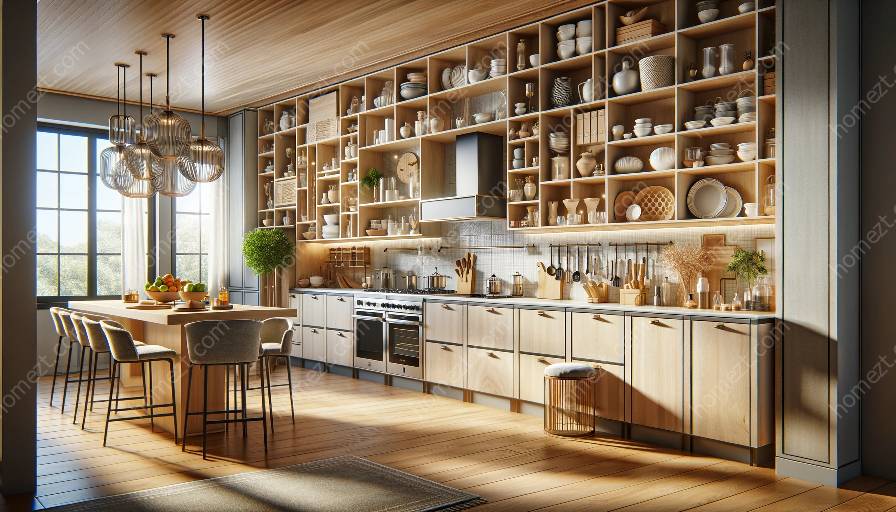Are you considering a change in your kitchen cabinets? Whether you're looking to refresh the look of your kitchen or address functional concerns, understanding the difference between cabinet refacing and replacement is essential. This comprehensive guide will provide an in-depth comparison of cabinet refacing and replacement, discussing the process, cost, durability, and environmental impact, enabling you to make an informed decision for your kitchen.
The Basics of Cabinet Refacing and Replacement
Cabinet Refacing: Refacing involves updating the look of your existing cabinets by replacing the doors, drawer fronts, and hardware while keeping the cabinet boxes intact. This is done by applying a veneer to the exposed surfaces of the cabinet boxes to match the new door style.
Cabinet Replacement: Replacement, on the other hand, means removing the existing cabinet boxes and installing brand new ones. This allows for a complete change in layout, materials, and design, giving you a fresh start with your kitchen cabinets.
Comparison of Process and Time
One of the key differences between refacing and replacement is the process and time involved. Cabinet refacing is generally quicker and less invasive, as it utilizes the existing cabinet framework. The process typically takes a few days to complete, causing minimal disruption to your daily activities. On the other hand, cabinet replacement may take longer due to the need for demolition and installation of new cabinet boxes, which can result in a more extended timeline.
Cost Considerations
When it comes to cost, refacing is often a more affordable option compared to full replacement. Since you are reusing the existing cabinet boxes, the materials and labor costs associated with refacing are generally lower. However, if you're considering a complete overhaul of your kitchen cabinets, replacement may be the better choice if budget allows. While the initial investment may be higher, the long-term durability and customization options associated with replacement can make it a worthwhile investment.
Durability and Longevity
Both refacing and replacement can offer durability, but the longevity may vary. Refacing provides a cost-effective way to give your cabinets a new look, but the underlying structure remains the same. On the other hand, replacement allows for a fresh start with new, sturdy cabinet boxes that can potentially last longer. Consider your long-term goals and the wear and tear your cabinets will endure to determine the best option for durability.
Environmental Impact
For environmentally conscious homeowners, the impact of the chosen approach on the environment is a significant factor. Refacing generally produces less waste since it reuses the existing cabinet boxes, minimizing the materials sent to landfills. This eco-friendly approach aligns with sustainable living practices. However, with advancements in recycling and responsible disposal, some replacement options also strive to minimize their environmental footprint.
Making the Decision
Ultimately, the decision between refacing and replacement depends on your specific needs, budget, and long-term vision for your kitchen. If you're looking for a quick and affordable update with minimal disruption, refacing might be the way to go. On the other hand, if you have the flexibility in your budget and desire a complete transformation, replacement offers an opportunity for greater customization and long-term durability.
By carefully weighing the process, cost, durability, and environmental impact, you can make an informed decision that aligns with your preferences and kitchen improvement goals.

